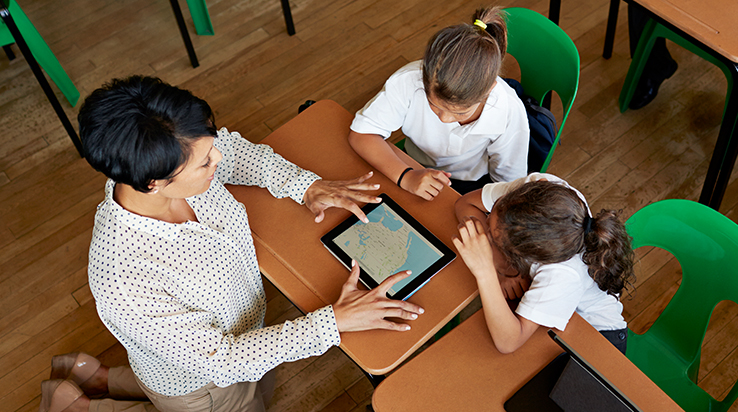
Divorce is one of the most significant impacts on the mental health of children and young people. And with the Christmas period often being a stressful time for families, January has become the most popular time for starting divorce proceedings.
With mental health issues in children and young people becoming increasingly common, estimates suggest that one in five will experience a mental health issue at some point.
Expectations on schools to support their students' mental health and wellbeing are increasing. The DfE stated that it “encourages schools and colleges to identify a senior mental health lead who will have strategic oversight of their setting's whole school or college approach to mental health and wellbeing."
And in May 2021, the UK Safer Internet Centre revised its definitions of appropriate monitoring. It now advises that all settings except those with a very low-risk profile and/or 1:1 supervisory setup should consider some form of digital monitoring.
What can have an impact on a child’s mental health?
58.1% of young people report that they have a concern about their mental health yet haven't sought help or advice. NHS Digital, 2021
In 2019, University College London’s Institute of Education conducted the first British study to analyse the emotional impact of splitting up on 6,245 children aged 3 – 14. The study showed that children who experience parental separation aged 7 and 14 are 16% more likely to experience behavioural issues and emotional problems such as anxiety and depression.
In the immediate aftermath of a break-up, children's early responses can involve several defence behaviours. With the internet playing such a pivotal role in the lives of young people, it's no surprise many children will use this vast source of information to help understand their feelings.
Using digital monitoring software to support student wellbeing
Effective digital monitoring solutions in schools are a critical element of a whole-school approach to wellbeing. Digital monitoring software can track students' online activities, such as posts on social media platforms and websites they visit.
It can then analyse the data to identify any potential signs of mental health concerns in the student’s behaviour. Alerting the designated safeguarding team allows them to take action, helping to prevent online risks from becoming real-life incidents.
Best practices for utilising digital monitoring software in schools
Digital monitoring is a critical step in providing a safe and secure school environment for students and staff. Schools must take proactive steps to ensure that their digital monitoring systems are up-to-date and effective. This includes ensuring policies are in place, regularly assessing existing systems and training staff on how to use the tools correctly. By taking these steps, schools can ensure they have an effective system in place to monitor online activities and protect their students from harm. According to DfE guidance, "a coordinated and evidence-informed approach to mental health in schools and colleges leads to improved pupil and student wellbeing, which, in turn, can improve learning."
Every 37 minutes, Smoothwall Monitor identifies a seriously vulnerable child*
Every 12 hours, Smoothwall Monitor identifies a very seriously vulnerable child, including a risk to health or life
Using Smoothwall Monitor in schools
Smoothwall Monitor uses advanced AI-driven technology to identify students at risk, allowing safeguarding staff to quickly intervene and take the appropriate action.
In 2021, 99% of all Smoothwall Monitor alerts triggered were removed at source as false positives. Schools were only informed of the risks deemed genuinely needing attention. This offers a substantial time-saving benefit and peace of mind for those schools trying to safeguard students with their eyes and ears alone
As the UK market leader, Smoothwall Monitor is a real-time digital monitoring solution that offers a 24/7/365 human moderated service. A highly trained team monitors alerts and will notify of risks appropriate to their grade. You can choose an alerting configuration that suits both the school and students to ensure safeguarding staff only receive the alerts they require.
Smoothwall Monitor is an invaluable tool for keeping students safe and ensuring children's and young people's wellbeing.
Get in touch today to discuss how RM can help with your digital monitoring needs, or read more about Smoothwall Monitor.
*Smoothwall defines a vulnerable person as someone who makes a credible threat of suicide or self-harm or engages in suicidal talk. Someone who appears to be using or involved with illegal drugs, substances or alcohol. A person who appears to be at risk of non-sexual abuse or is giving indications of suffering from an eating disorder. Someone who is severely distressed or appears at risk of some form of harm.